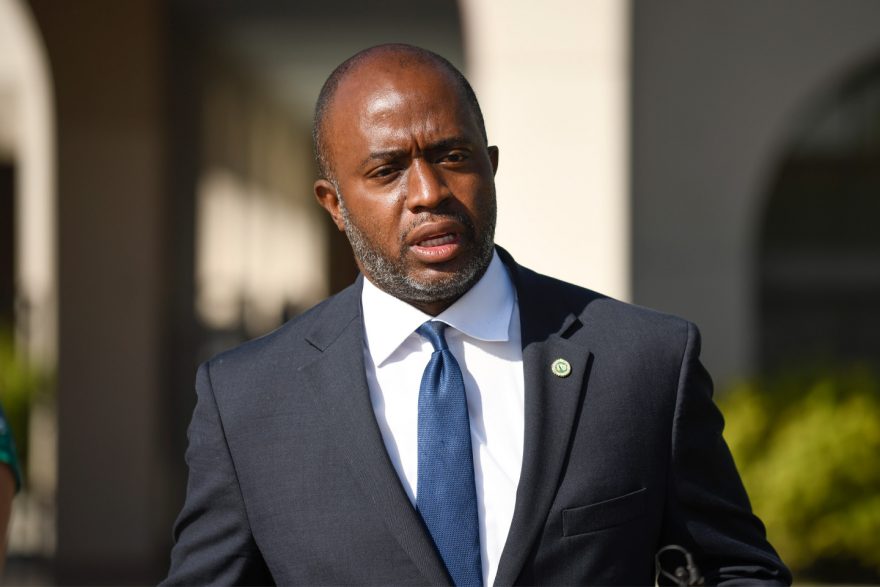California Pushes Schools to Expand Financial Literacy Courses Through $3.6B Grants

California has launched an effort designed to increase student financial literacy and create momentum behind a state requirement for the subject.
The effort is part of a $3.6 billion arts, music, and instructional materials grant program, money that can be used to add finance courses, deliver professional development workshops for educators, and in some cases hire personal finance specialists in the state of nearly 6 million public school students.
Teachers will receive stipends for participating in the training, provided through a partnership with nonprofit Next Gen Personal Finance, drawing on an additional $1.4 million in private funding the state secured for the effort. The first 1,000 public high school teachers to complete 20 hours of PD will earn $500, according to the California Department of Education.
This push comes at a time when interest in financial literacy is rising nationwide.
Today, 15 states require students to take a full course on personal finance before graduating, according to John Pelletier, director of the Center for Financial Literacy at Champlain College. That’s a jump from 2015, when there were only five states with such a mandate.
“There’s a national movement in financial education happening and we can’t afford for California children to fall behind,” California’s State Superintendent of Public Instruction Tony Thurmond told EdWeek Market Brief in an email.
“Knowing the basics of personal financial management, such as keeping checking and savings accounts, establishing and managing credit, and paying taxes, is paramount after high school.”
Districts Encouraged to Hire Specialists
Five of California’s largest public districts — Los Angeles, San Diego, Fresno, Long Beach, and San Francisco — are also being encouraged to hire a personal finance specialist, which they can fund through a three-year matching grant program by Next Gen Personal Finance.
The goal is to move toward creating a statewide financial literacy requirement for high schools, according to the education department.
The grants are a promising first step for California, Pelletier said, but having a statewide mandate is important to ensure the material is reaching every student. Otherwise, students in less wealthy, more diverse urban districts are statistically much less likely to receive this information.
Lawmakers today generally seem much more receptive to adding this to their K-12 standards than they were before the pandemic, because of the harsh economic impact the health crisis had on many families, Pelletier said.
Research has shown that learning how to manage money before graduating high school can positively affect students later in life.
A 2018 study found that young people in Idaho, Georgia, and Texas — which have statewide financial literacy requirements — tended to have higher credit scores compared to those in states without financial education requirements. Those individuals were also less likely to have accounts that were 30 or 90 days behind payments.
“There’s so much we learned in high school that you never use in real life,” Pelletier said. “But there’s not a day that’s going to go by that we’re not going to think about money — how to make it, how to save it, how to spend it.”
For California, Thurmond said this is an especially critical moment to invest in financial literacy, as rising inflation begins forcing families to face “tough economic choices.”
“These classes will increase our students’ awareness,” he said, “and help them avoid excessive debt while making better financial choices.”
Photo of California State Superintendent of Public Instruction Tony Thurmond, by Denis Poroy/AP
Follow EdWeek Market Brief on Twitter @EdMarketBrief or connect with us on LinkedIn.
See also:
